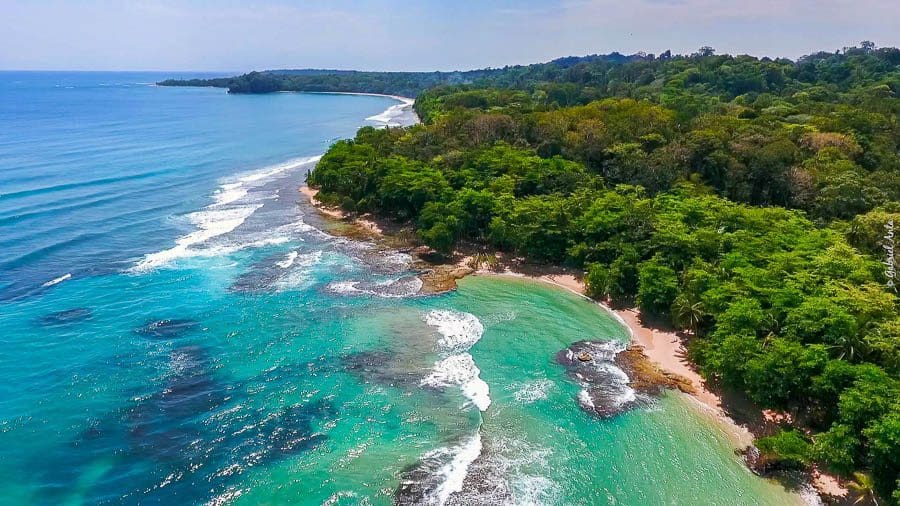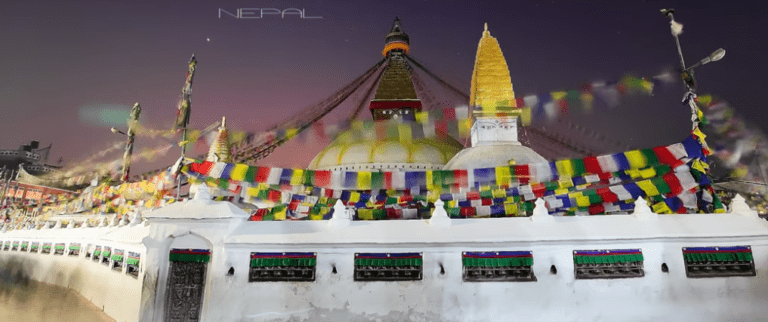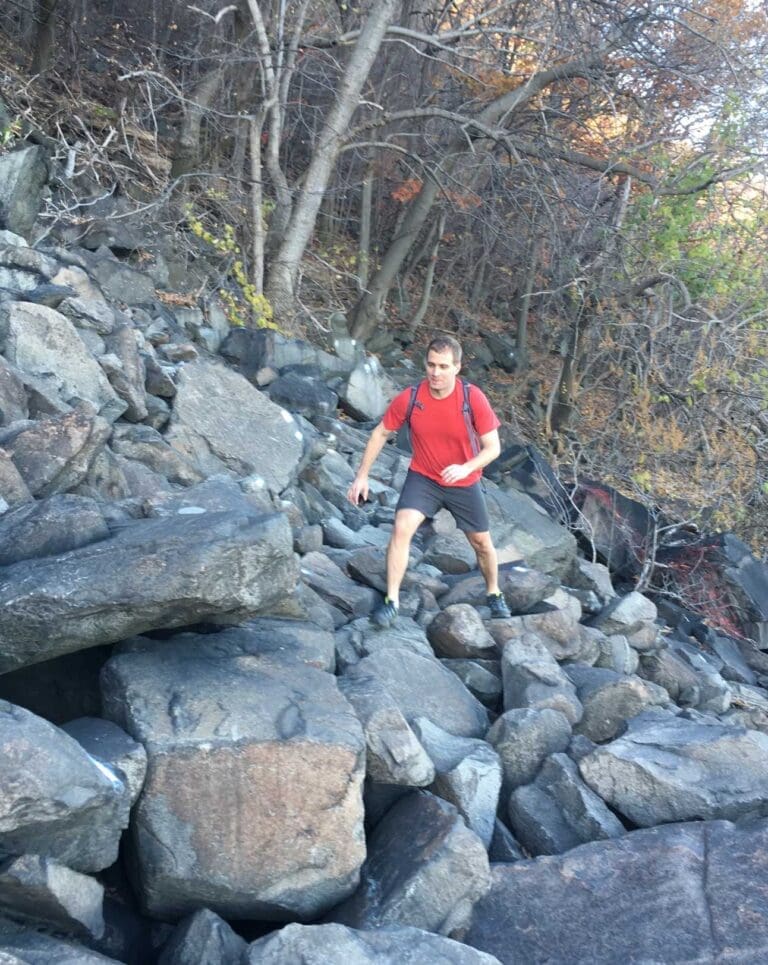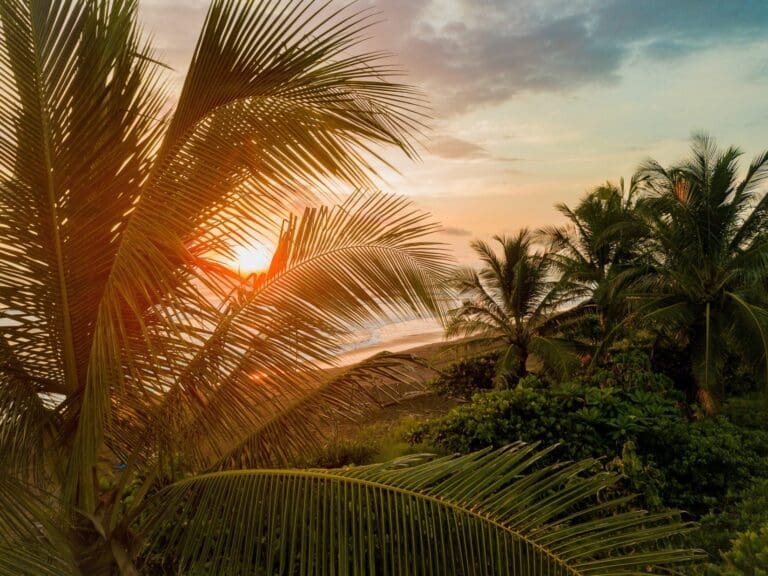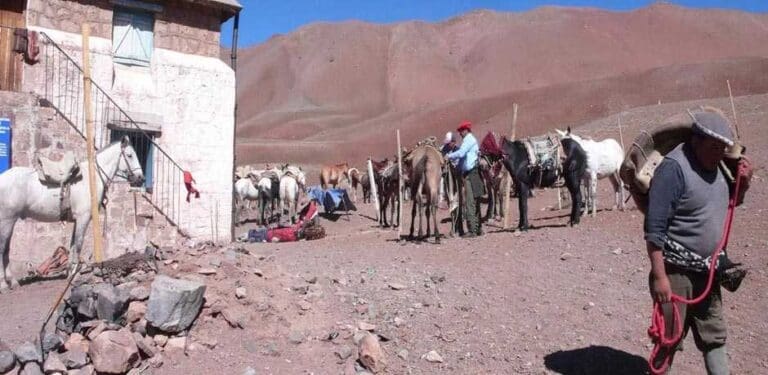The Ultimate Travel Guide on Costa Rica in 2025
Get ready to immerse yourself in the ‘Pura Vida’ way of life as you experience the very best of Costa Rica travel! This country is known as the ‘rich coast’ and is one of the fabled lands of Central America with endless things to see and do.
Spanning from the pearly waters of the Caribbean Sea to the frothing waves of the Pacific Ocean, it’s a place of wonderful biodiversity and natural beauty. It’s a land where volcanoes sprout from mist-haloed jungles and cinnamon-tinted beaches are framed by forests filled with howler monkeys. You’re in for a real adventure as you experience all there is to see and do in Costa Rica!
Cue this 101 on Costa Rica Travel, a complete and ultimate guide that offers insights into all the most enthralling destinations and pursuits the nation has to offer. Dive in for advice on the practicalities of travel and the best tips for planning your itinerary, as well as individual guides to the frenetic capital of San José, the wave town of Tamarindo, the cloud forest reserves of Monteverde, and oodles, oodles more.
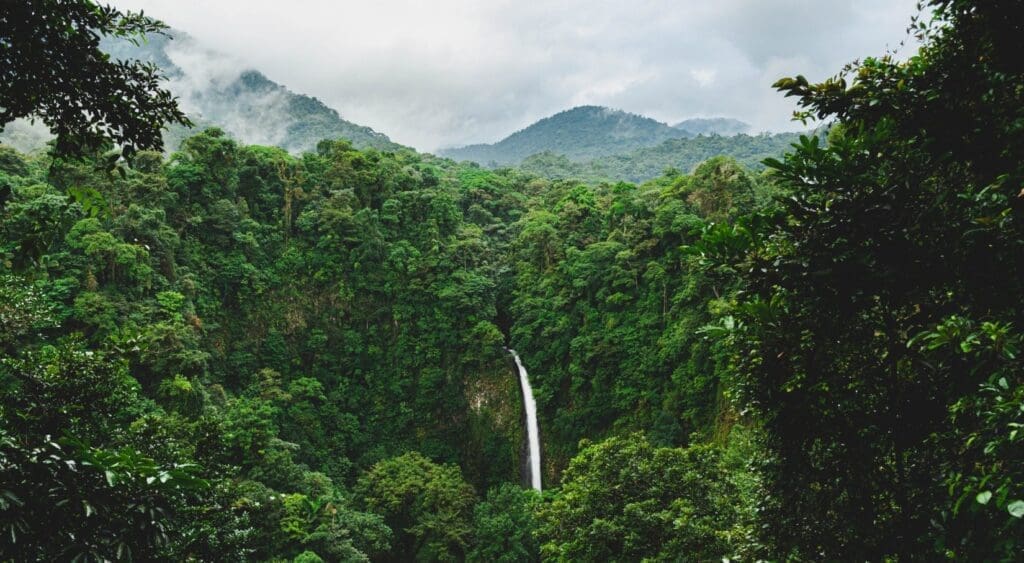
My experience with Costa Rica Travel
I’m always excited to return to Costa Rica when I get the chance. Imagine glimpses of cone-shaped mountains belching smoke and ash on the horizon mingling with visions of emerald coffee plantations rolling through the sierras as your plane whizzes towards San José. As wheels touch tarmac, it’s hard to shake the feeling of arriving somewhere truly special.
I especially love heading west towards the Pacific coast. The provincial duo of Guanacaste and Punta Arenas never fails to wow in these parts. From the hammock-swinging beaches of Tamarindo (where you’ll want to spend the morning hours surfing glassy waves) all the way to the hiking paths of Manuel Antonio (where I recommend detouring to encounter three-toed sloths), it’s a land tailor-made for active travelers and ecotourists.
But that’s really just scratching the surface of what I love about this relatively compact country in the heart of Central America. I’ve also had the pleasure of snapping shots of resplendent quetzals in the rainforests of Monteverde, whitewater rafting around Arenal, and hiking paths between talcum-white beaches in Puerto Viejo de Talamanca on the Caribbean. See why I adore coming back and tips on how to get there, as well as where and when to go.
Ultimately, I am very grateful to run The Explorer’s Passage, a premier adventure travel company and, in my opinion, the best tour operator in Costa Rica. Our team has over 30 years of experience running successful tours there. If at any point throughout this guide you find yourself with any questions, reach out to our team and we’ll gladly help build your dream trip!
Inside this Guide
- Intro to Costa Rica as a travel destination
- Brief history of Costa Rica
- How to get there
- Getting around Costa Rica
- Visas for Costa Rica
- Best time to visit Costa Rica
- Money: local and preferred currencies
- Must-try food and drink
- Top destinations in Costa Rica
Intro to Costa Rica as a travel destination
Costa Rica is now firmly established as a world leader in ecotourism and adventure travel. This jewel of Central America got there thanks to a combo of natural gifts and legislation. A whopping 26% of the total land here is protected in some of the best national parks and reserves in the world. It’s illegal to hunt, period. Oh, and the nation ditched a standing army way back in 1949, preferring instead to spend on conservation and preservation.
Today, travel to Costa Rica is up there with the most-visited destinations on the planet. It draws in something in the region of 3 million international travelers each year and has a tourism sector that’s responsible for a mega 12.5% of the country’s overall GDP – that’s more than coffee and bananas combined!
The best thing is that Costa Rica can cater to all sorts of travelers. You can come here to laze on the sands of the Pacific if you like, doing nothing but munching gallo pinto beans and sunning yourself. Or you can get the adrenaline pumping faster than the rapids of the Peñas Blancas River with surf sessions on barrels at the best beaches, eco travel tours of primeval rainforests, birdwatching in cloud reserves, coffee tasting, and volcano hikes.
Costa Rica has it all with its endless list of things to do and see! Check out our guide of the top 15 places and attractions to visit in Costa Rica.

Brief history of Costa Rica
The first borders of what we now call Costa Rica were outlined by a certain Christopher Columbus, who dropped anchor here in 1502 off the Isla Uvita roughly midway up the country’s Caribbean coast. He claimed the region for Spain and ushered in a period of colonial rule that was to last the better part of the next three centuries. The most noticeable and lasting additions of this time are the European influences in Costa Rican architecture and food, along with the language – Spanish is still the official national tongue.
When colonial rule was broken by wars of independence in the 1810s, Costa Rica fell into the greater Mexican Empire and then, soon after, gained full independence as a standalone state in 1838. That was a turning point, as the farmers of the fertile Central Valley were finally free to profit directly from their crops of coffee, chocolate, and bananas.
Fast forward another 100 years or so, through a foiled takeover attempt by the United States and a short but bloody civil war, and you start to see the Costa Rica of today taking shape. The constitution of 1949 was perhaps the most defining moment. That’s when the country disbanded its army, guaranteed universal suffrage, and plotted a course towards becoming one of the world’s first ecological nation states, which is very much in alignment with The Explorer’s Passage’s sustainability focus. Read more about tips on how to travel more responsibly in our sustainable travel guide.
How to get there
Traveling to Costa Rica is now easier than ever before. The vast majority of people reach this beautiful land by flying. You’ve got two pretty well-served arrival points to choose from, each with connections coming in from the United States, elsewhere in Central America, Europe, and South America:
Road trippers can also arrive on the Pan-American Highway. This iconic roadway links more than 18,640 miles (30,000 km) of territory, from Alaska (The Explorer’s Passage also operates a fantastic tour in Alaska) in the north to Ushuaia in the south, passes right through the heart of Costa Rica.
A word of warning in the name of safety, though: The locals refer to the Pan-American Highway as Vía Muerta, the way of the dead. It has some very challenging sections, including winding mountain roads that are totally un tarmacked. It’s also a serious drive of over 65 hours from San José to the United States border.
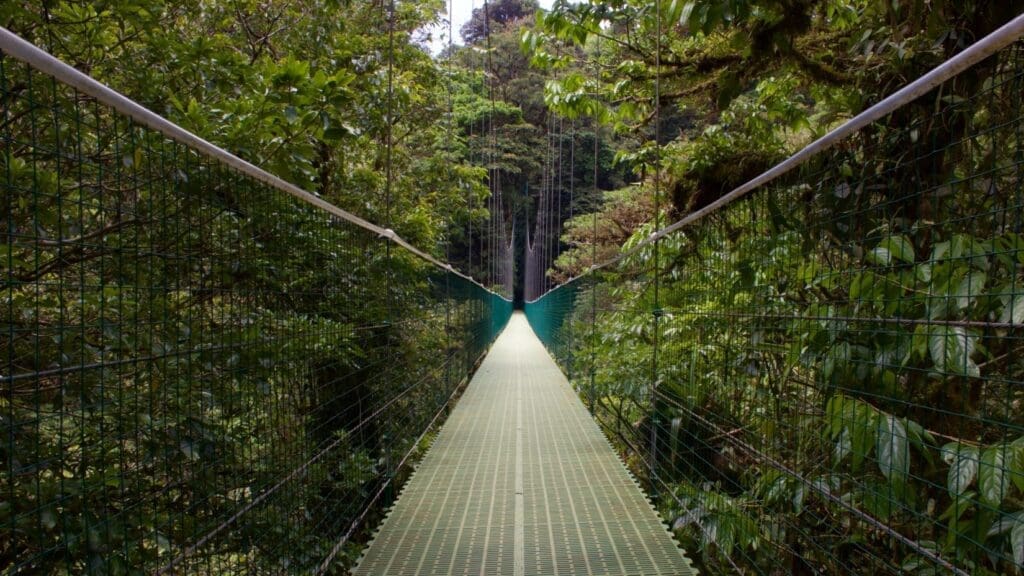
Getting around Costa Rica
So, you’re on the ground in San José. Where to next? Magma-spewing volcanoes await to the north, idyllic surf beaches await to the west, Caribbean reefs to the east. But how to get to them? There are loads of ways…
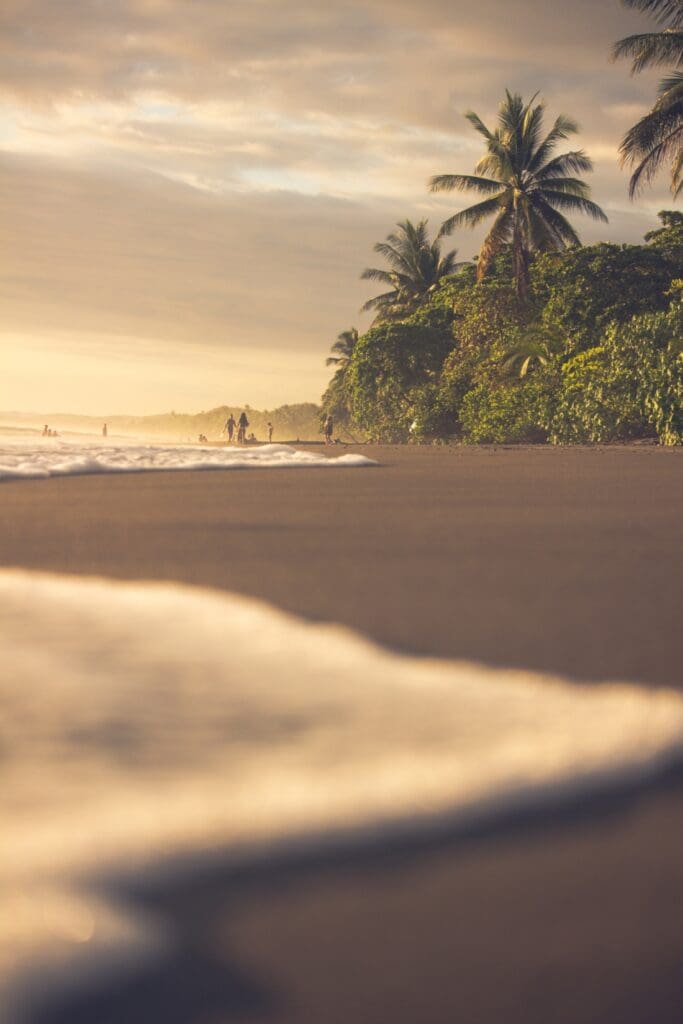
Visas for Costa Rica
Costa Rica actually has some of the most relaxed entry requirements among travel destinations in the world. Most travelers don’t need to pre-apply for any visa or documentation before they set off. In fact, there’s a list of about 65 countries that get totally visa-free access for up to 90 days at a time (including the US, the UK, and the EU nations), and a further 40 or so nationalities that get the same but for up to 30 days at a time.
You will need to ensure that you have a passport that’s valid for at least the duration of your stay plus six months. Border control can also ask for proof of a return ticket or onward travel and proof that you have the financial means to support yourself during your trip. If you’re not sure what you need to visit Costa Rica, get in touch with my team for more guidance on entry requirements.
Best time to visit Costa Rica
Costa Rica is a tale of two seasons: The dry and the wet, or, as the locals often call it, the green. Neither is better but they are different. What’s more, different regions tend to come into their own at different times of the year. Here’s a rough breakdown of the seasons by month to figure out the best time to go for your trip:
The anomalies here are the coastal enclaves of Puerto Viejo de Talamanca and the Caribbean shoreline. That gorgeous region of white-sand beaches and palms that bristle in the trade winds has two dips in rainfall, first in January and February and then again in September and October.

Money: local and preferred currencies
Costa Rica uses the colón. However, it is important to note when traveling in Costa Rica the US dollar (USD) is usually the currency of choice, particularly in the tourism context. Don’t be surprised to see restaurant and bar menus quoted in USD or to be asked for dollars when getting a taxi or shuttle bus. When you do pay with dollars, it’s common to be given back colones in change.
ATMs are very widespread across Costa Rica. You’ll find them in most mid-sized towns, usually inside malls and supermarkets. There are two types, one that allows for withdrawals of up to US$500 at a time, another that’s about half of that. Both take an ATM fee of about US$3 per use, plus whatever exchange rate and fees your bank may charge.
Tipping is generally appreciated in Costa Rica but not mandatory. In most restaurants, a 10% service charge is included in the bill, so tipping is optional unless you’d like to leave something extra for excellent service. If the service charge is not included, a 10% tip is standard. For taxis and tour guides, rounding up the fare or giving a small extra amount is a nice gesture.
Must-try food and drink
Rice, beans, fresh tropical fruits, and oodles of earthy veg make up the mainstays of the simple but tasty Costa Rican kitchen. Over the centuries, all sorts of people and cultures have made their mark – Peruvians bringing ceviche, Spanish with their country stews and rice dishes, the Aztecs with their tamales and chocolate. As such, you can look forward to a varied menu that’s often hearty and filling and overarchingly healthy. Dishes we think everyone should sample during their Costa Rica travels include:
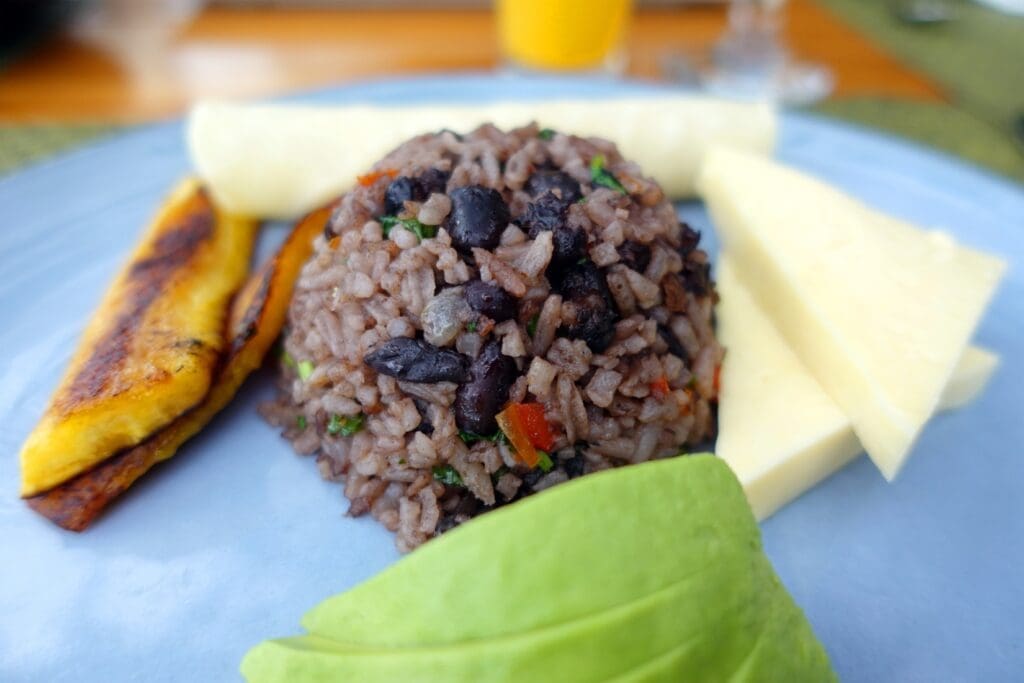
Top destinations in Costa Rica
There are more travel destinations worthy of the bucket list in Costa Rica than you can shake your bird-spotting binoculars at. Here’s a look at some of the ones that we think every adventure-loving traveler should consider:
SAN JOSÉ
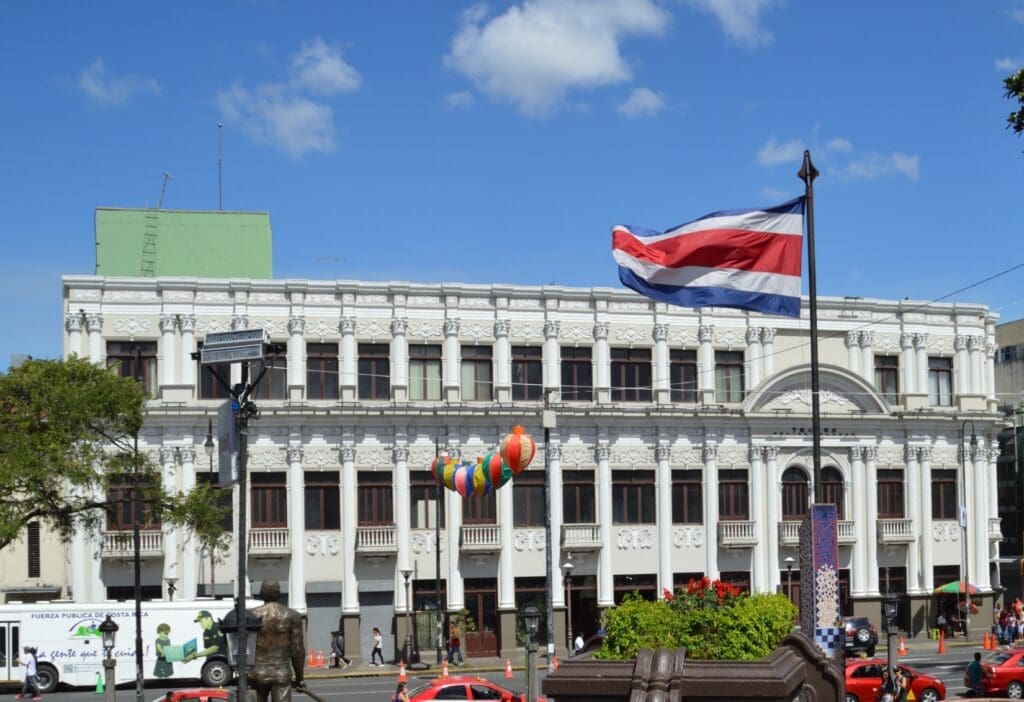
San José is the closest thing Costa Rica has to a metropolis. The nerve center of the nation, cradled between the coffee-covered ridges of the fertile Central Valley, will guide you to the trip of your dreams.
Many travelers ditch the airport for the mountains or the coast right away. Those who linger get to feel the pulse of the country, in the sleepless Central Market or between the hip cafés of Barrio Escalante. Culture buffs should make this a must, since San José hosts Costa Rica’s major national museums. Here’s just a taste of the best attractions:
TORTUGUERO
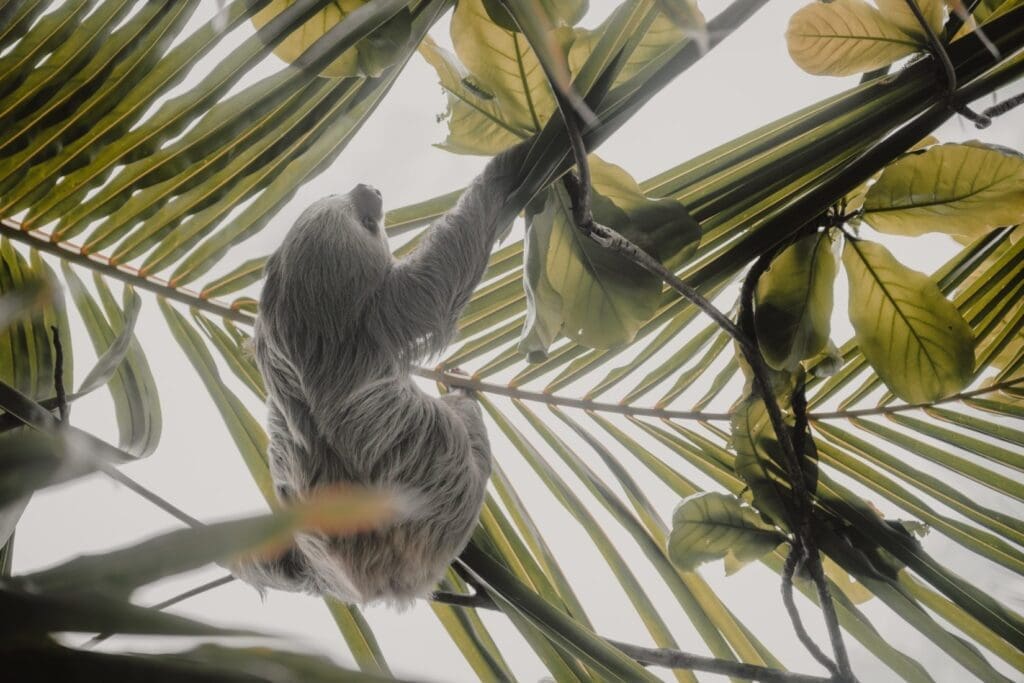
One of the eco hubs of the Caribbean coast, Tortuguero is a distant land of mist-haloed coast forest and murky riverways and a must-see for anyone traveling to Costa Rica. It’s famous for its namesake creatures: Turtles – Tortuguero means “place of the turtles” in English. The high summer months of July and August are the peak hatching times. Visit then on our Tortuguero tour to see loads of leatherback turtles emerging from nests and scuttling towards the sea.
You’ll find plenty in this comprehensive travel guide to Tortuguero, but here are some top attractions:
ARENAL
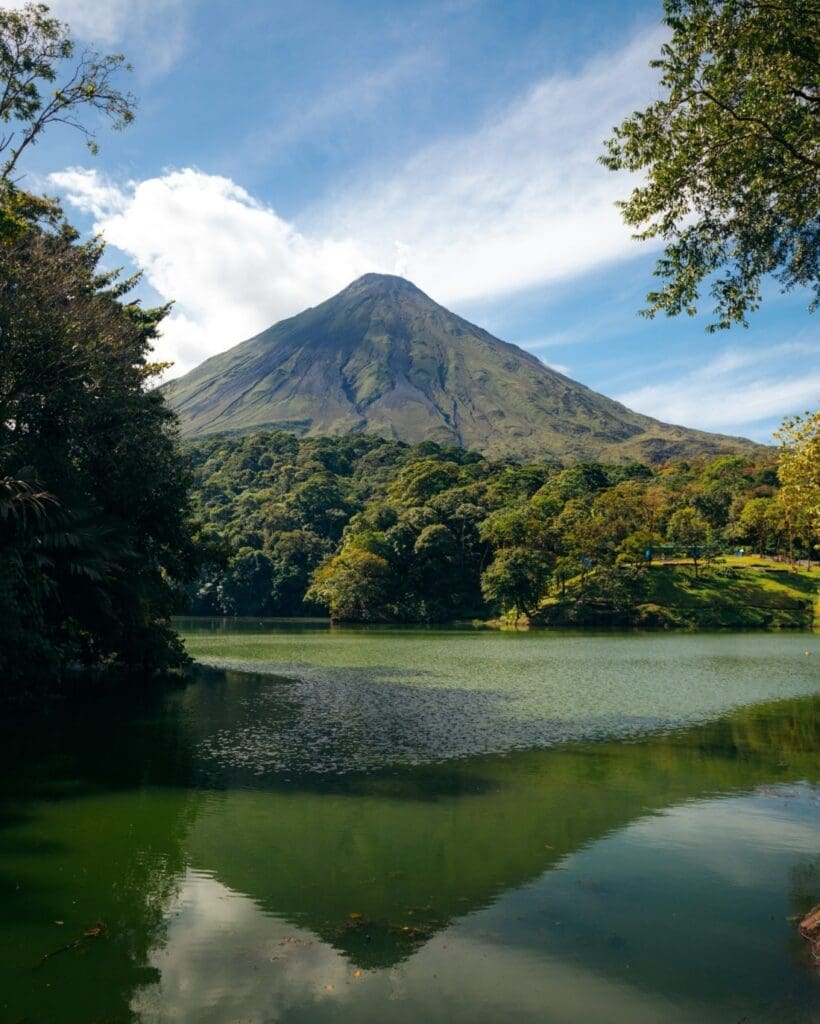
Adrenaline is the currency around Arenal, an area that’s risen to become unquestionably the adventure travel capital of Costa Rica. The whole place swirls around the perfect cone of Arenal Volcano, truly one of the best things to see. You can’t climb it, but the rainforests, lakes, and wild rivers that cascade down its slopes offer ample opportunities for woodland hikes, rafting, and ziplining.
During this thrilling tour around Arenal, most people base themselves in the lively hub of La Fortuna, but Lake Arenal is also a doozy, snaking through the sierras with waterside bike tracks and swimming spots. Check out some of the best places to visit in the area:
MONTEVERDE
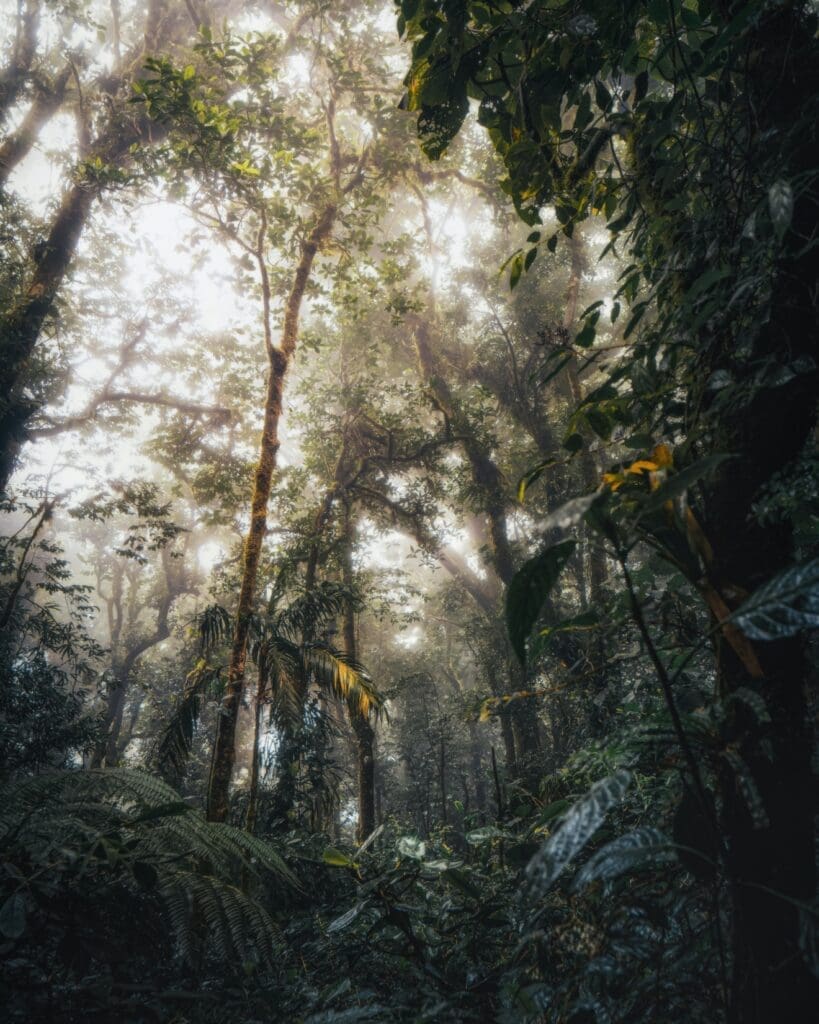
If there’s anywhere that can capture the booming biodiversity of Costa Rica in one hit, it’s Monteverde. Known for the Monteverde Cloud Forest Biological Reserve, the town is surrounded by uber-rare highland habitats.
Hit the trails to delve into a tangle of huge strangler trees and alien-like orchid species. The birdwatching is second to none, with resplendent quetzals even making an appearance now and then. Follow that up with night hikes to see the nocturnal animals emerge. Be sure to experience these top places to visit:
MANUEL ANTONIO
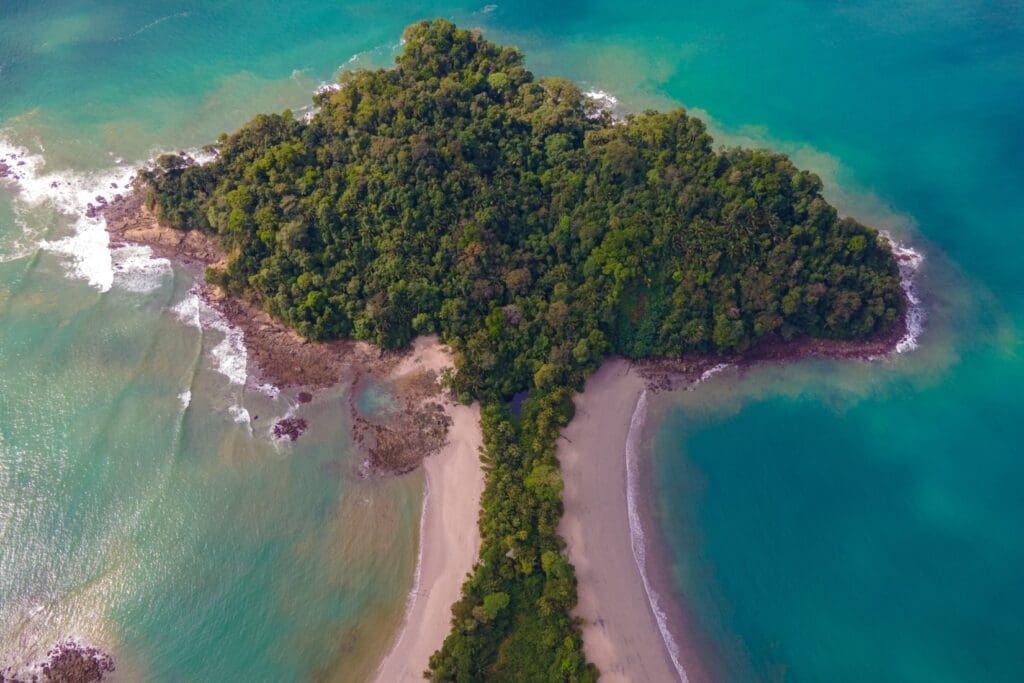
At just eight square miles (21 sq km), Manuel Antonio National Park is the smallest of all the reserves in Costa Rica. But size hardly matters when this attraction can boast arguably the highest biodiversity in the world.
Over just a handful of marked trails, visitors to this clutch of towering coast forest on the Pacific will get to spot three- and two-toed sloths, coatis, green iguanas, squirrel monkeys – the list goes on. After, you emerge onto a stretch of idyllic beige sand framed by teal-tinted waters. Some of our favorite places on this Manuel Antonio tour include:
GUANACASTE
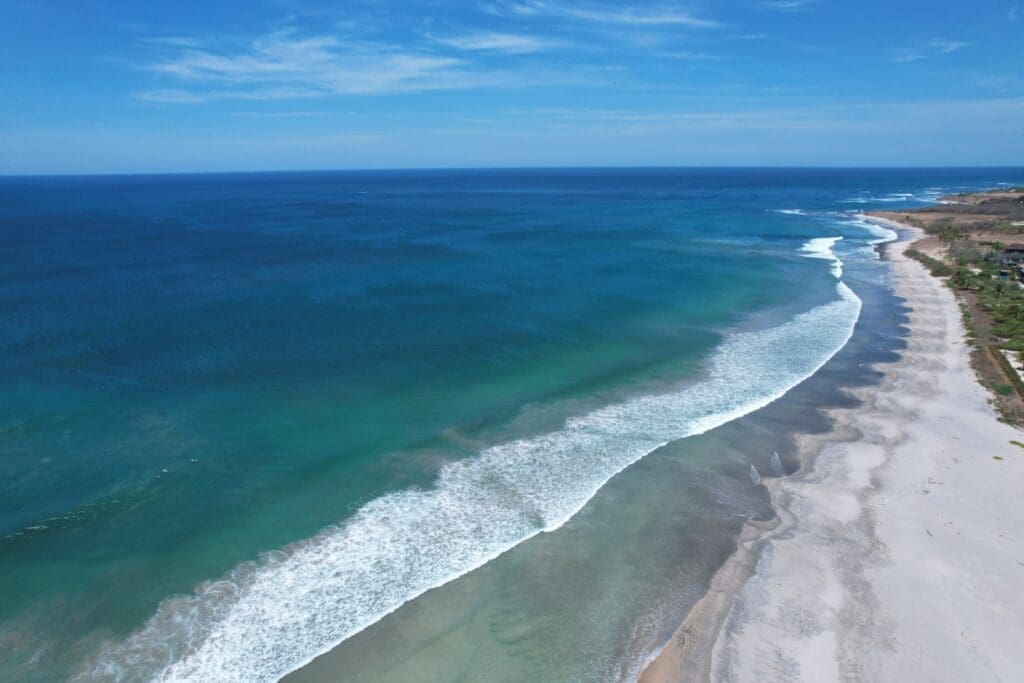
Many of the great Pacific Ocean jewels of Costa Rica sit in Guanacaste province. It’s a big cut-out of the country, occupying something like 6,000 square miles (10,000 sq km) of the northwest, from the cloud-shattering volcanoes of the Cordillera de Tilaran all the way to the Nicaragua border.
It’s among the most-visited parts of the nation. One reason why: the amazing surfing spots. From Tamarindo right down to Playa Caletas, the region is a doozy for wave chasers and surfers of all levels. On top of that, you get the waterfall-splashing forests of the Nicoya Peninsula, the boho beach escape of Samara, and plenty, plenty more, such as:
OSA PENINSULA
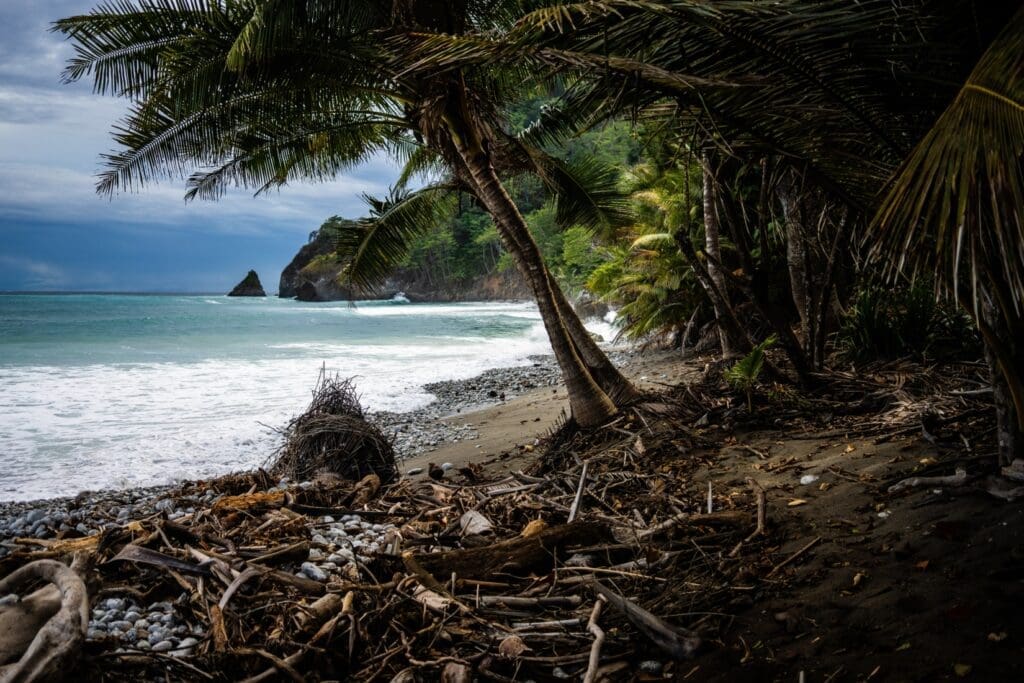
The Osa Peninsula is the land of the primeval. Bending like a thumb into the Pacific from southwestern Costa Rica, it’s one of the most untouched and best-preserved corners of the region. That shows, since uber-rare Baird’s tapirs, threatened margay cats, and even jaguars still stalk the great swathes of remaining virgin rainforest.
The web of trails at the Corcovado National Park is probably the highlight, but there’s also whale watching and surfing to be done in Drake’s Bay and Carate among many other great places to visit.
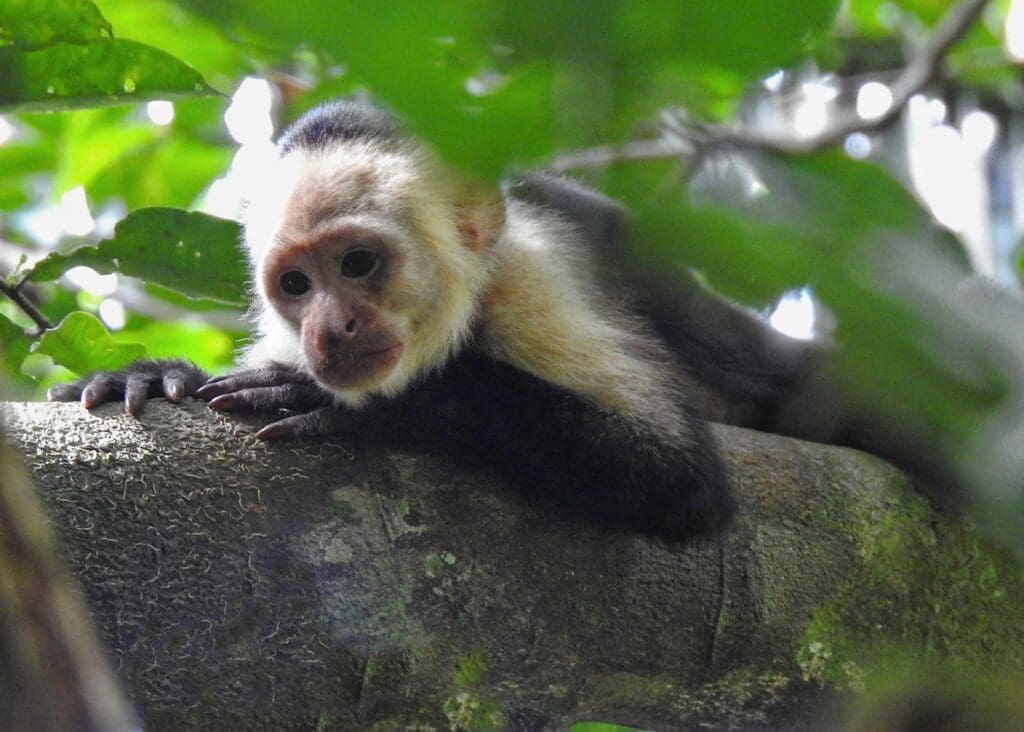
And there you have it, an introduction to our favorite places to visit in Costa Rica! We hope this guide has given you a helpful idea of what to expect as you plan your one-of-a-kind adventure to this extraordinary country in Central America.
If you have any additional questions or need help planning your adventure to Costa Rica, do not hesitate to contact us. You can also learn more about our unforgettable Costa Rica adventure tour.
Finally, if you’re new to The Explorer’s Passage, here’s why you should choose us to perfectly plan your next adventure on one of our other world-class tour packages to some of the most exciting places on earth.
But don’t just take our word for it, check out our client testimonials and 5-star TripAdvisor rating for more on the excellent service and experiences we provide.
Thanks for reading and I look forward to seeing you in Costa Rica!
Cheers,
Jeff
Jeff Bonaldi
Founder & CEO
The Explorer’s Passage
About Jeff Bonaldi
Jeff Bonaldi is the Founder and CEO of The Explorer’s Passage, a premier adventure travel company. His mission is to provide travelers with the opportunity to transform their lives and the planet through the power of adventure.
Learn more about Jeff’s story and his company HERE.
Share this amazing location!

